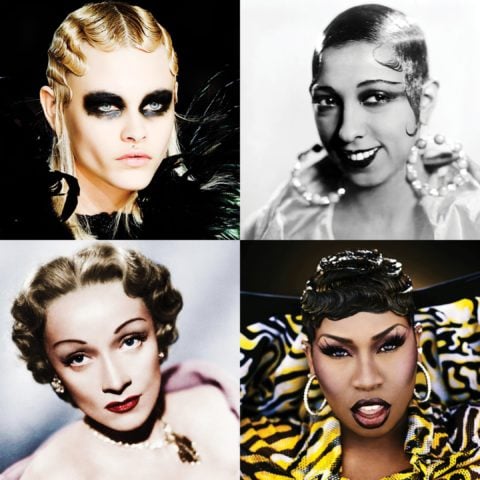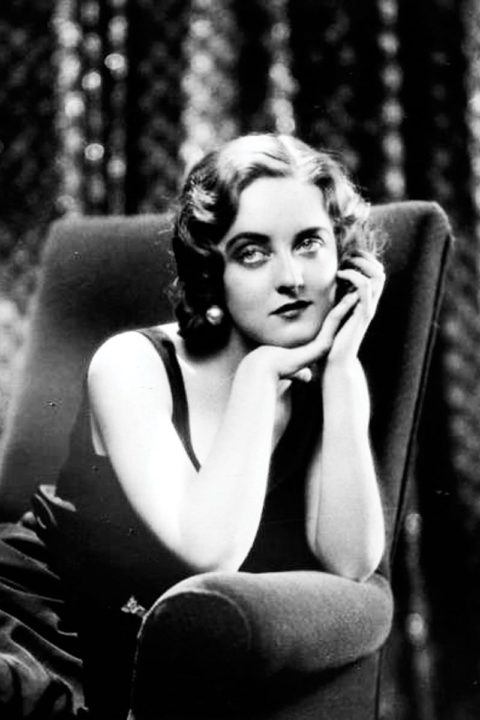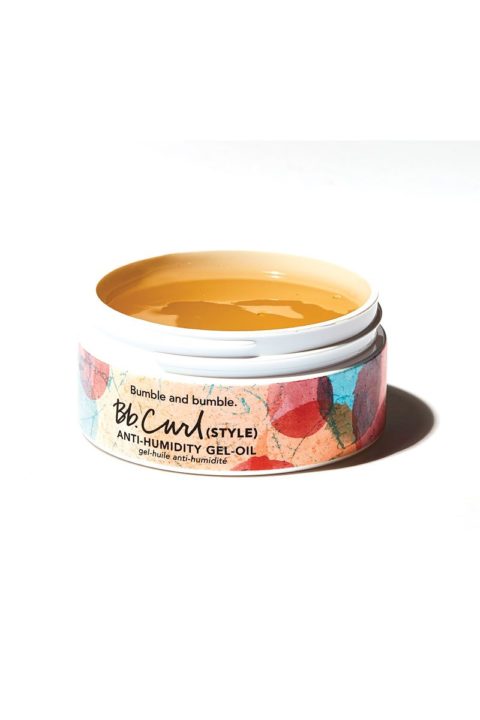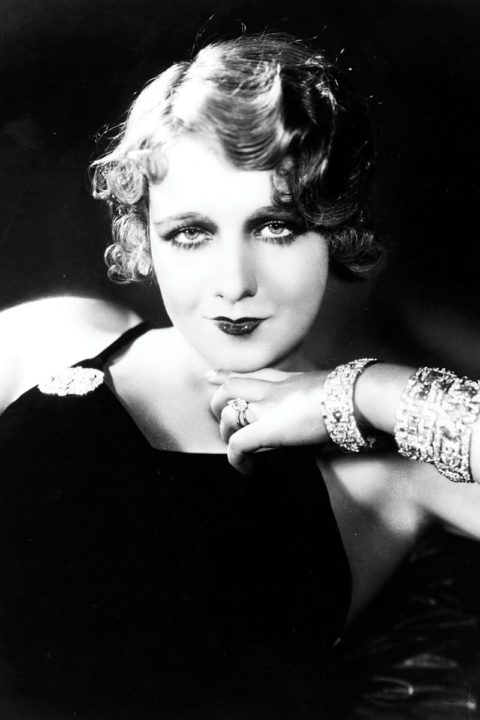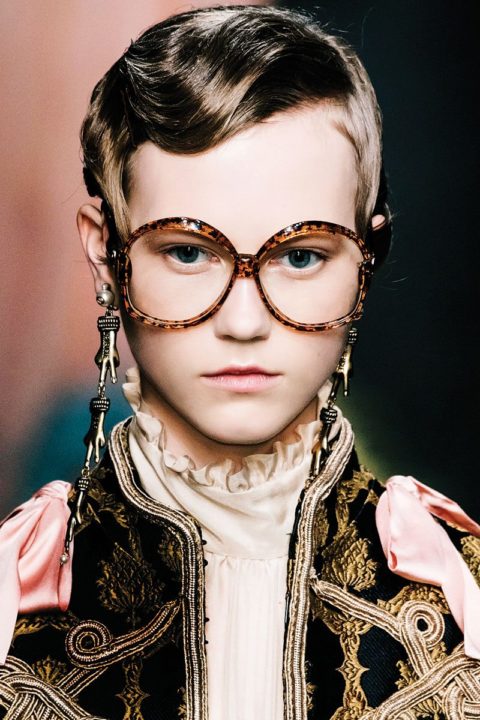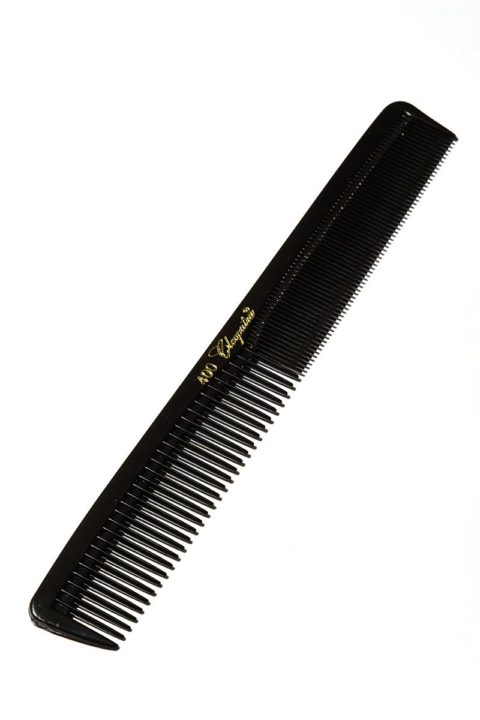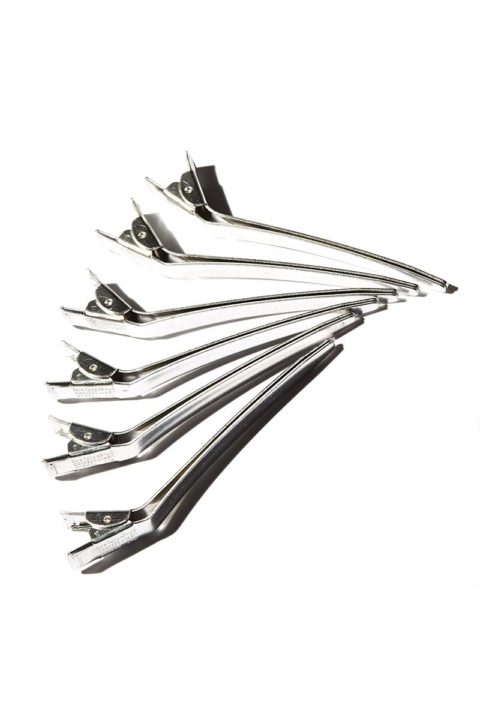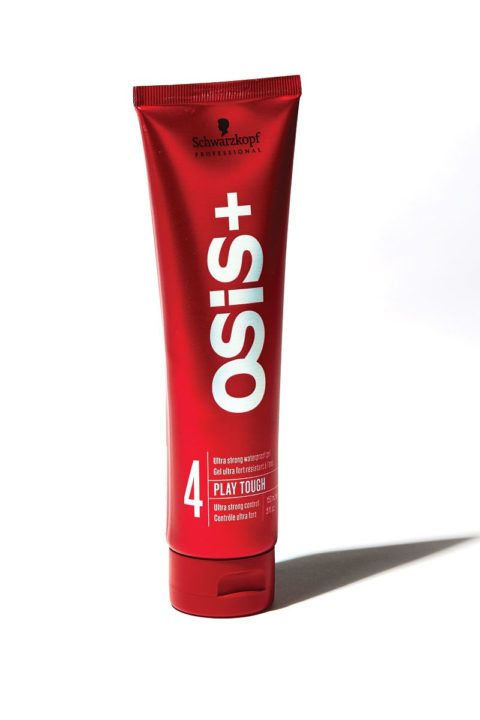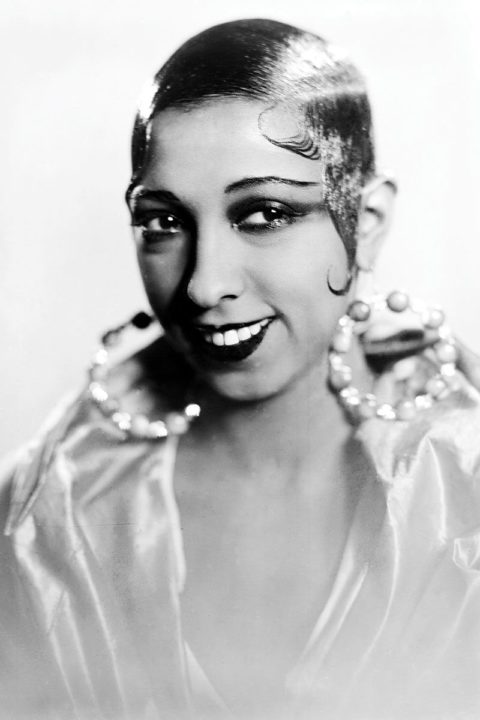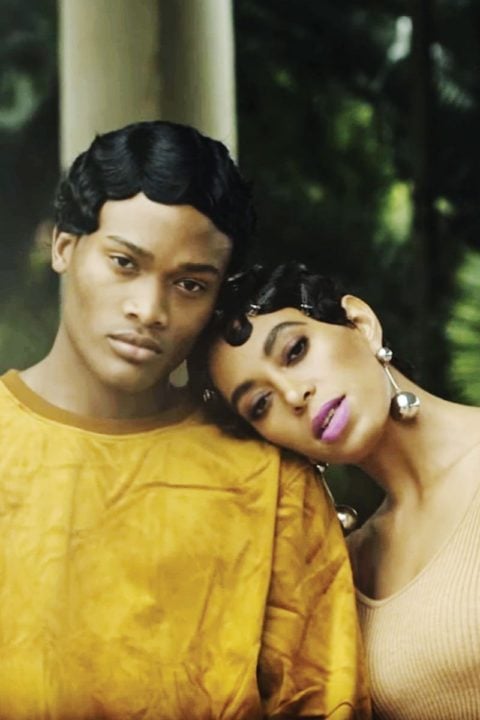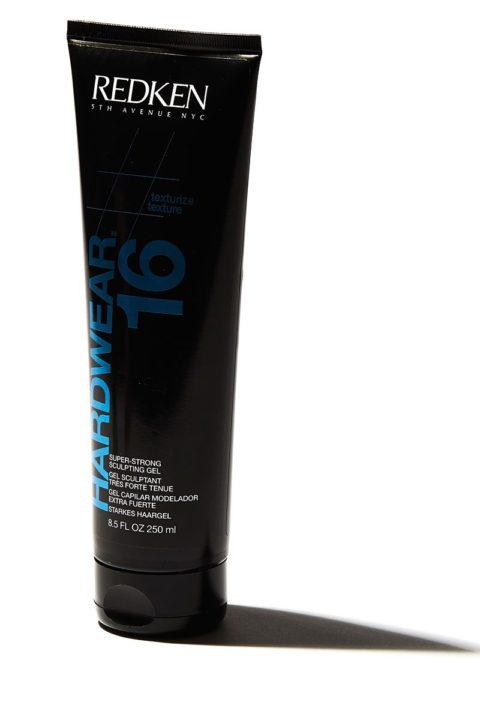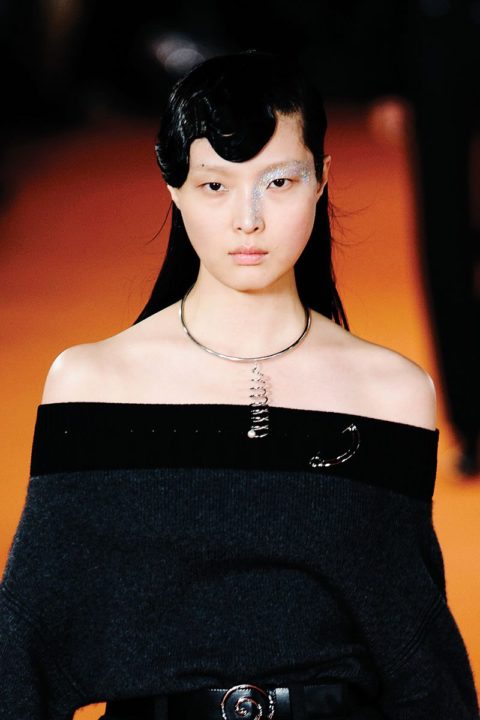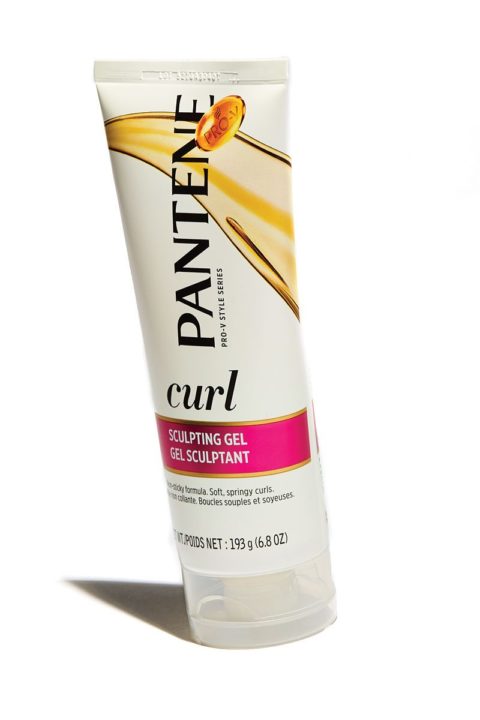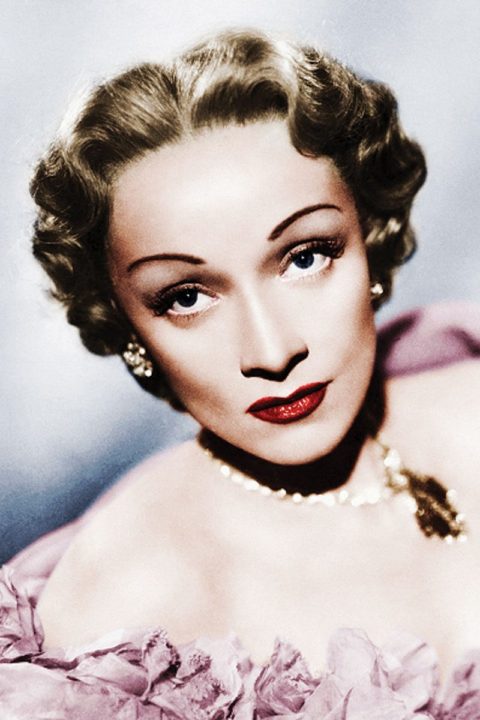Charting the History of Finger Waves
Before Marc Jacobs sent his glamorous goths down the Fall 2016 runway—their strands moulded into tight, glossy finger waves — Guido Palau had sent his team of hairstylists back to beauty school. “We trained all of them,” says the legendary coiffeur. He held night classes before the show to ensure his protegés had mastered the retro hairdressing technique that has become somewhat of a lost art for the generation brought up on beachy waves.
It was a wise move: Because more than 50 models were cast, including Lady Gaga, Palau knew that only a skilled group could pull off the designer’s vision. “Marc had a reference—a look I’d created in the ’90s [from Palau’s book Heads: Hair by Guido],” Palau explains. Weeks later at Milan Fashion Week, he created a messy “painterly” version of the look for Prada. Similar waves were also seen at Jason Wu, Gucci, Stella McCartney and Salvatore Ferragamo.
At Opening Ceremony, hairstylist Jimmy Paul crafted what he called “futuristic” waves. “High shine can give you that effect—it can look cinematic and very graphic,” he says. After wetting the hair and creating a deep side part, Paul applied Bumble and Bumble’s Bb Gel before manipulating strands into an “S” shape along the hairline. He opted to leave the rest of the hair dry and smooth for a dual-texture finish. It’s this season’s take on the finger wave that makes it feel modern, says Pantene celebrity stylist Chuck Amos, whose client list includes Alicia Keys and Tracee Ellis Ross. It’s also in line with the movement toward embracing natural hair texture. “What I’m loving about this new generation is that they want finger waves, but they’re saying ‘I just want them in the front’ or ‘I just want them on the side and I want to leave my natural curls looped in the back.’”
Finger waves were originally made famous by silver-screen stars like Bette Davis and singer/dancer Josephine Baker, whose hairstylist, Monsieur Antoine, was arguably the first “celebrity” hairdresser. The style dates back to the Jazz Age, when the short, straight bob became the haircut of the moment. This look from the early 1920s “delighted the fashionable but frightened the more conservative,” writes Pamela Church Gibson in her book A Century of Hairstyles. Short hair, she continues, was considered “acceptable to everyone if it was softened and made to seem more ‘feminine’ by the judicious use of a Marcel wave, a ‘finger wave’ and later a perm.”
Worn well into the ’30s, the wavy style resurfaced in the ’90s, when some of the decade’s biggest hip-hop stars embraced the look. “Foxy Brown, Lil’ Kim, TLC—all the girls of that era were doing it,” says Amos. But Missy Elliott is often credited with the style’s resurgence. “[She is] perhaps the most notable artist that reintroduced this style in popular culture in her experimental Afrofuturistic music videos,” says Aisha Durham, an associate professor at University of South Florida and author of Home With Hip Hop Feminism. “Her style is very much connected to the southern region [of the United States] called Tidewater,” explains Durham. “It also [indicated] when and where Missy saw herself in the heavily dominated East-West coast conversation in hip-hop culture.” Today, Durham says finger waves “remain fashionable among working-class women in that area of the States,” with local hair salons creating new iterations.
Unlike the Marcel wave, created using a curling iron, finger waving is done by hand on gel-dampened hair using a fine-tooth comb and clips to hold hair in place while it sets. In the early 20th century, Josephine Baker, who reportedly used egg whites to give her hair its sheen, became one of the first celebrities to endorse a hair gel called Bakerfix. It was marketed to women who wanted to copy her slick style. In the late ’90s, the product of choice was Ampro’s “brown gel.” Pantene celebrity stylist Chuck Amos, who worked backstage with Odile Gilbert during that time, recalls Gilbert asking stylists to bring tubs of it over from the U.S. because it wasn’t available in France. “We would do a show for Galliano and Dior, and we would have to do really heavy waves,” he recalls. “We needed a lot of gel because some of those couture shows had over 70 models.” And the Odile-approved product might be poised to make a comeback, thanks to Solange Knowles, whose stylist, Nikki Nelms, used it to sculpt the finger waves Knowles wears in her “Don’t Touch My Hair” video.

